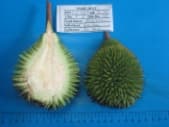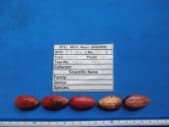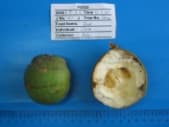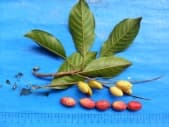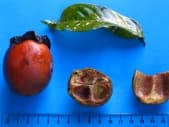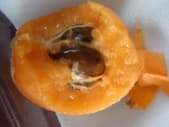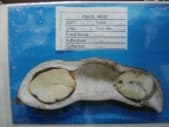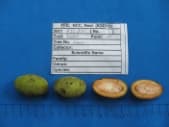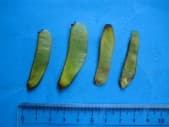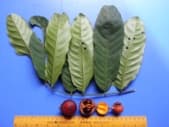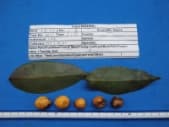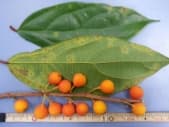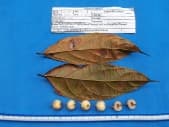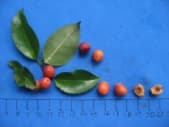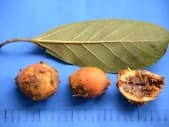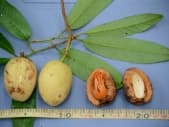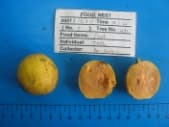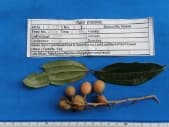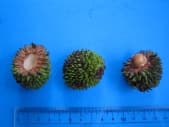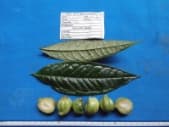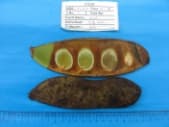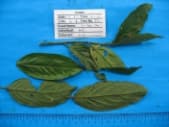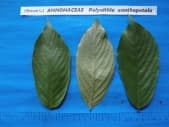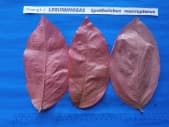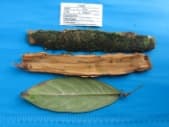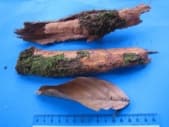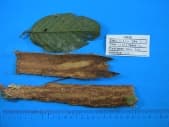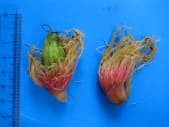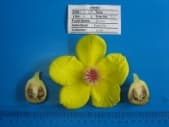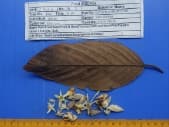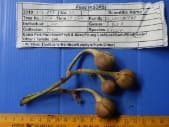Habitat and Classification
HabitatOrangutans are only found in Southeast Asia on the islands of Sumatra and Borneo. (In Indonesia and Malaysia).They live in dipterocarp forests (with some lowlands), lowland montane forests, riparian forests, and wetland forests.
ClassificationSumatra Island: Sumatran Orangutan (Pongo abelii), Tapanuli Orangutan (Pongo tapanuliensis)
Borneo Island: Bornean Orangutan (Pongo pygmaeus), classified into 3 subspecies (P.p.pygmaeus, P.p.wurmbii, P.p.morio)


Morphology
Orangutans are known as the largest arboreal mammal. In the wild, females weigh around 40kg and males weigh around 80kg. Male orangutans weigh twice as much as female orangutans. (Rayadin and Spehar, 2015)
Orangutans are complete arborists, so their skeletons are well suited for moving from branch to branch. Their arms (forelimb length) are exceedingly long that their length is 1.5 times the length of their legs (hindlimb length). We humans walk on our feet, but orangutans walk and climb trees with their arms, so they need long and strong arms to support them and live.
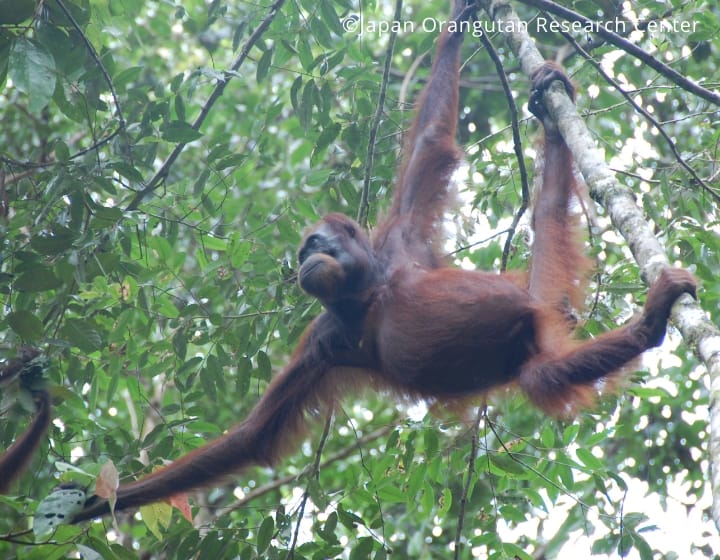
Foraging
Orangutans’ diets are mainly plants such as fruits, leaves, barks, flowers, epiphytes, ginger, and mushrooms. About 60% of their diet comes from fruits. Orangutans eat a different variety of plants and as far as we are aware, orangutans eat 831 kinds of plants that belong to 107 families, 316 genera (from total of 12 research sites), and this number is still increasing.

Orangutan food(fruit)
Orangutan food (leaves, bark, etc.)
| Leaf |
|
|---|---|
| Bark |
|
| Flower |
|
The reasons why the plants are so diverse
Orangutans eat such a wide variety of foods because there are many kinds of species in the rainforest. For example, it is not uncommon to find a plant in site A that is not in site B. In fact, out of 502 species reported from three survey sites, only 32 species were commonly foraged at two or more sites (Russon, A et al 2010). Furthermore, insects such as ants and termites are eaten and there are also rare reports that orangutans eat small mammals like slow loris and squirrels.

Sociality
Orangutans are said to be the most solitary animal of all primates. The mother and its baby live together but other than that orangutans live basically alone. However, they are not completely solitary because they know where each of the other orangutans are at, and thereby we know that orangutans keep social distances between each other.

The reasons why orangutans do not live as a group
Chimpanzees that live in the forests of Africa can all get full, even in groups, because fruits are abundant there. However, orangutans that live in Southeast Asia will quickly eat up all the fruits if a large group of orangutans rush to them as they are scarce. In the season when fruits are limited, there are not enough fruits to satisfy everyone. Therefore, in an environment with few fruits, orangutans spread and work alone so that everyone can eat a satisfactory amount. Hence, during the fruit season when the fruits are abundant, 2-3 orangutans feed together on the same tree.

Habitat Density of Orangutans
A factor that determines the density of the orangutan’s population is the fruits availability in the forest. Studies have shown that Sumatran orangutans are denser than Bornean orangutans. This is because there are more fruits produced in the Sumatra island compared to the Borneo island.
Sumatra Island
On the island of Sumatra, there is a volcanic belt that provides the land with nutrients, leading to higher production of fruits compared to Borneo Island (due to the richness of soil). Thereby, the period of fruits abundance lasts longer in Sumatra Island. With many fruits in the forest, orangutans do not need to disperse to feed as they can forage and live together in a group. This is the reason why habitat density is high in Sumatra island.
Borneo Island
In Borneo island, volcanoes are rare and the soil is not rich in nutrients compared to Sumatra island. This leads to low fruit production and long period of fruit scarcity. As a result, Bornean orangutans have a low habitat density as Bornean orangutans must disperse and feed for limited fruits available.
Female Life History
Female orangutans reach sexual maturity between the ages of 11-15 and give birth to their first child between the ages of 15 to 18 in the wild. Pregnancy causes the vulva to swell slightly, so it can be seen from the outside. Pregnancy lasts around 270 days (9 months), and from the age of 3, they start eating the same food as their mother, but lactation still proceeds until the age of 6-8 years old until they are on their own.
Facial changes in females
Infants (up to about 3 years of age) have white color skin around eyes and mouth with a sparse, standing head of hair. In Juveniles (3-7 years), the skin color around the mouth becomes darker as the years go by. Adolescents (7-15 years) have completely black skin around the mouth, with some white on the eyelids. They also have a longer head of hair, which is almost identical to that of adults. Young Adult Females giving birth for the first time, can be distinguished from older females by their white eyelids until their early 20s (the age at which their eyelids turn black varies from individual to individual).

▲Illustration by John Paul Todd Pantaleon
Parenting Methods
They only give birth to one child at a time as female orangutans live in the forest carrying their baby, so it is extremely rare to see a female orangutan carrying a twin. After the age of 3, young orangutans can digest the same food as their mother. By spending time with their mother even after being able to eat the same food, young orangutans will learn and absorb what their mother is doing by identifying fruit trees/their locations and recognize when the fruit is ready to eat. Fruits might bear every year or once every few years so it would take a long period of time for young orangutans to learn what is edible and what is not. Following the mother’s next birth (a younger brother or sister), the elder brother/sister will gradually move away from their mother and eventually become independent. The average duration that a mother and a child stay together is around 7.6 years for both orangutans (Sumatran orangutan and Bornean orangutan) which is the longest among primates (van Noordwijk et al. 2018). The lifespan of an orangutan in the wild is around 50-60 years old, so a female orangutan will give birth to around 4-6 babies in total.

Male Life History
Sexual maturity varies widely among individuals, with the age range being around 7- 12 years in captivity and around 12 years in the wild. When males reach sexual maturity, only the dominant ones have large cheek folds on both sides of the face called “flanges”, which means “protruding part”.
Facial changes in males
The faces of Infants and Juveniles are almost identical to those of females. Adolescent (7-15 years old) the darken skin around the eyes earlier than females, and by the time they reach adulthood (from around 15 years old), their faces are completely black, including the eyelids.

▲Illustration by John Paul Todd Pantaleon
Flange and Development
Flanges are used to intimidate other males who try to invade their territory (migratory zone), or to show females their reproductive capabilities. Furthermore, flanges have the effect of making them look bigger than their actual size. Males with flanges are technically called “flanged males” and those without flanges are called “unflanged males”. Unflanged males are also sexually mature and have reproductive capabilities with reports of them having fathered offspring even in the wild. It is interesting that the flange in males develops not according to age, but according to social dominance. It is not the case that all unflanged males eventually grow up and develop flanges. (Maggioncalda, et al. 1999). For example, suppose that there are several male orangutans in that area. The dominant flange male in the area is no longer there due to migration from its area or due to death etc. Then one male orangutan in that area, who is aware that he will be the next dominant male, will develop its flange. In this process, the level of testosterone, a type of male hormone/growth hormone spikes. On the other hand, males who are aware of their inferiority continue to suppress the development of the flange. Thereby, some male orangutans remain unflanged for rest of their lives.
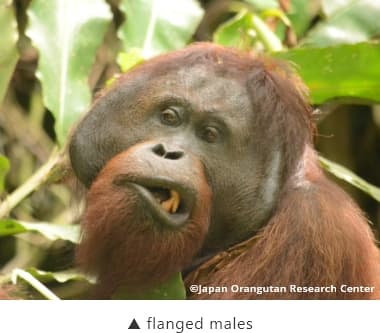
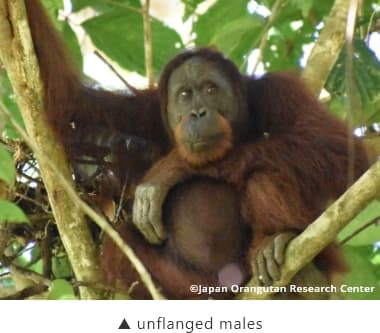
For those who want to
know more about orangutans


